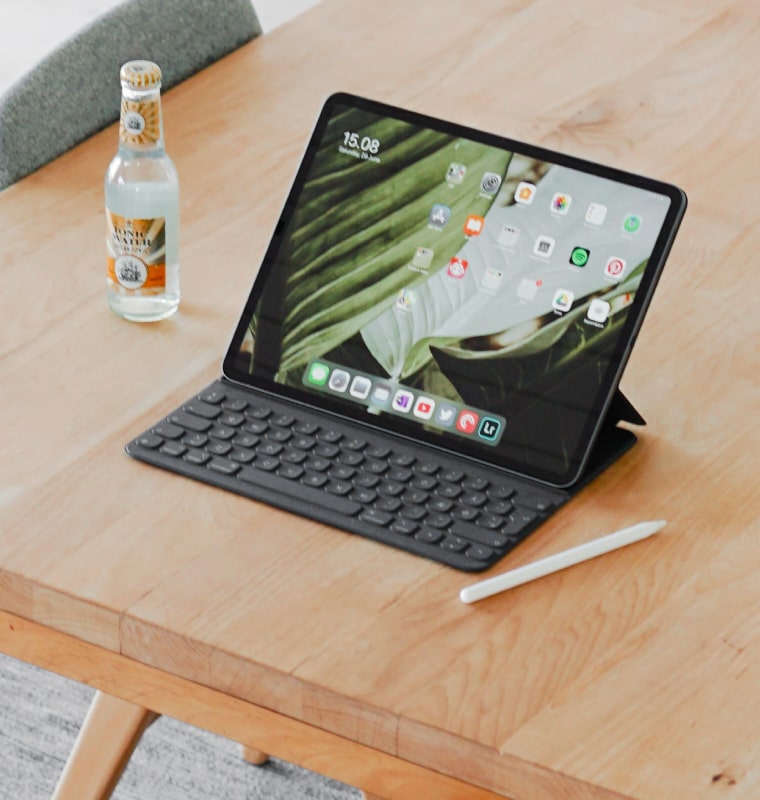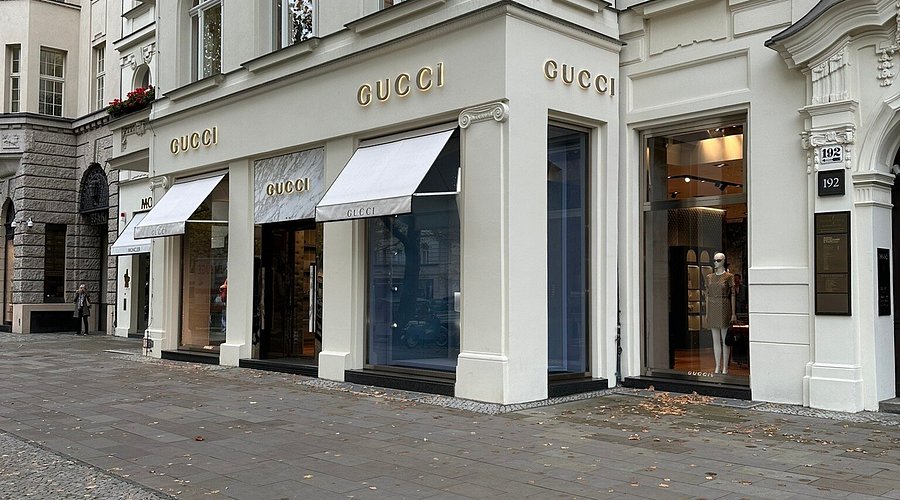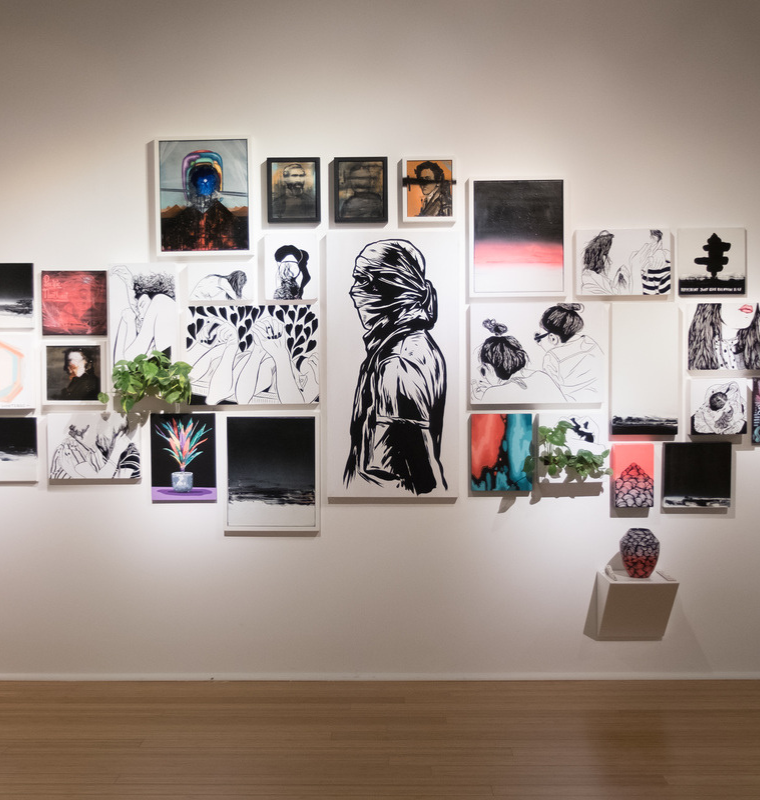The Return of the Patron How Billionaires Are Quietly Rebuilding Culture
By
John Carter
Last updated:
October 20, 2025
First Published:
October 20, 2025

Getty Images
The Revival of Cultural Investment
For centuries, patrons played a crucial role in supporting artists and preserving culture. In recent decades, public institutions and corporate sponsorships dominated the scene. Now, a new generation of billionaires is quietly reclaiming the role of patron. They are investing directly in the arts, literature, and performance, often behind closed doors. This resurgence emphasizes depth over publicity and impact over recognition.
Private Collections with Public Purpose
Modern patrons often begin with private collections, acquiring works that resonate personally rather than for market trends. However, many of these collections eventually support broader cultural initiatives. Temporary exhibitions, collaborative projects, and educational programs benefit from these investments without the need for overt branding. The shift is from transactional ownership to meaningful engagement with art.
Funding Artists Directly
Unlike traditional sponsorship models, today’s patrons frequently engage directly with artists. Commissions, residencies, and mentorship programs are tailored to individual talents. By bypassing conventional intermediaries, patrons ensure that support reaches creators in the most effective way. This approach fosters innovation and allows artists to explore experimental projects that may not fit mainstream frameworks.
Restoring Historic Spaces
Many wealthy patrons are also investing in the restoration of historic theaters, museums, and cultural landmarks. Their involvement often includes architectural preservation and adaptive reuse, ensuring these spaces remain vibrant centers for public engagement. The emphasis is not on imposing personal taste but on maintaining cultural continuity and accessibility.
Philanthropy as Curated Influence
The modern billionaire patron treats philanthropy as a curated form of influence. Donations are guided by personal values and long-term vision rather than short-term publicity. By selectively supporting projects that align with cultural preservation or innovation, they shape the artistic landscape with a subtle yet enduring hand.
Education and Talent Development
Investments often extend beyond acquisition to education. Patrons fund scholarships, workshops, and mentorship programs, nurturing the next generation of talent. This focus on human capital ensures that cultural growth is sustainable and inclusive, reflecting a long-term commitment rather than immediate gratification.
Bridging Tradition and Innovation
Billionaire patrons frequently balance respect for tradition with a desire to encourage innovation. They support classical disciplines while also embracing contemporary experimentation. This dual approach fosters a dynamic cultural ecosystem where heritage and creativity coexist, giving both history and modernity a platform.
The Quiet Influence on Public Institutions
While private in execution, the impact of these patrons often reaches public institutions. Donations may enhance exhibitions, fund community programs, or provide endowments for research and scholarship. By operating quietly, they maintain autonomy over projects while benefiting society without overt self-promotion.
Cultural Legacy as a Personal Statement
For modern patrons, investment in culture is as much about legacy as it is about philanthropy. These individuals recognize that tangible assets like property and stocks can fluctuate, but supporting arts and culture leaves a lasting imprint. Their contributions define a form of influence that transcends material wealth, cementing a reputation through intellectual and creative enrichment.
The Future of Modern Patronage
As more billionaires embrace this model, the landscape of cultural influence is evolving. Public perception may begin to shift, recognizing quiet patronage as a powerful force for enrichment and innovation. This subtle rebuilding of culture is likely to continue, redefining the relationship between wealth and creativity in a way that prioritizes impact over visibility.
Subscribe to unlock premium content
Sed at tellus, pharetra lacus, aenean risus non nisl ultricies commodo diam aliquet arcu enim eu leo porttitor habitasse adipiscing porttitor varius ultricies facilisis viverra lacus neque.
A comprehensive guide on Agile development

10 Productivity tools that are worth checking out

Top 7 Must have management tools for productivity

A comprehensive guide on Agile development

10 Productivity tools that are worth checking out

A comprehensive guide on Agile development









